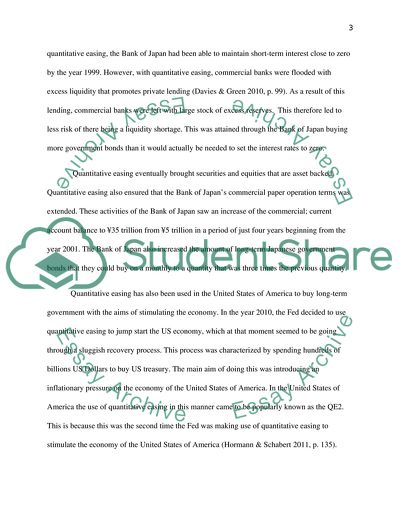Cite this document
(Quantitative Easing and Bonds Essay Example | Topics and Well Written Essays - 2250 words, n.d.)
Quantitative Easing and Bonds Essay Example | Topics and Well Written Essays - 2250 words. https://studentshare.org/finance-accounting/1814193-quantitative-easing-and-bonds
Quantitative Easing and Bonds Essay Example | Topics and Well Written Essays - 2250 words. https://studentshare.org/finance-accounting/1814193-quantitative-easing-and-bonds
(Quantitative Easing and Bonds Essay Example | Topics and Well Written Essays - 2250 Words)
Quantitative Easing and Bonds Essay Example | Topics and Well Written Essays - 2250 Words. https://studentshare.org/finance-accounting/1814193-quantitative-easing-and-bonds.
Quantitative Easing and Bonds Essay Example | Topics and Well Written Essays - 2250 Words. https://studentshare.org/finance-accounting/1814193-quantitative-easing-and-bonds.
“Quantitative Easing and Bonds Essay Example | Topics and Well Written Essays - 2250 Words”. https://studentshare.org/finance-accounting/1814193-quantitative-easing-and-bonds.


